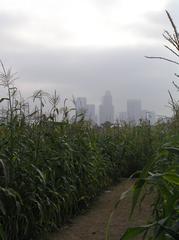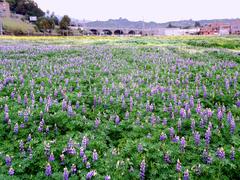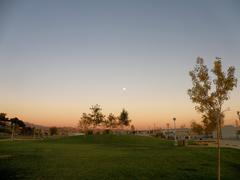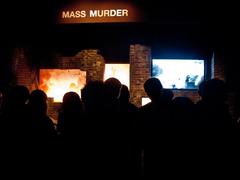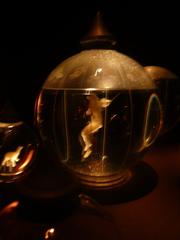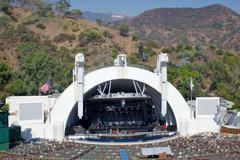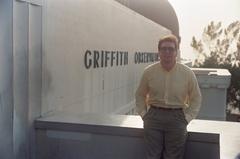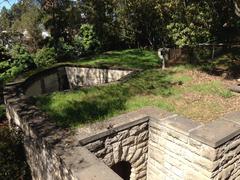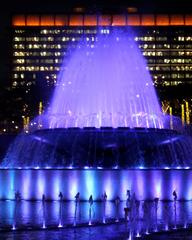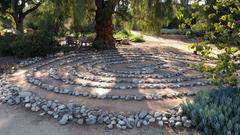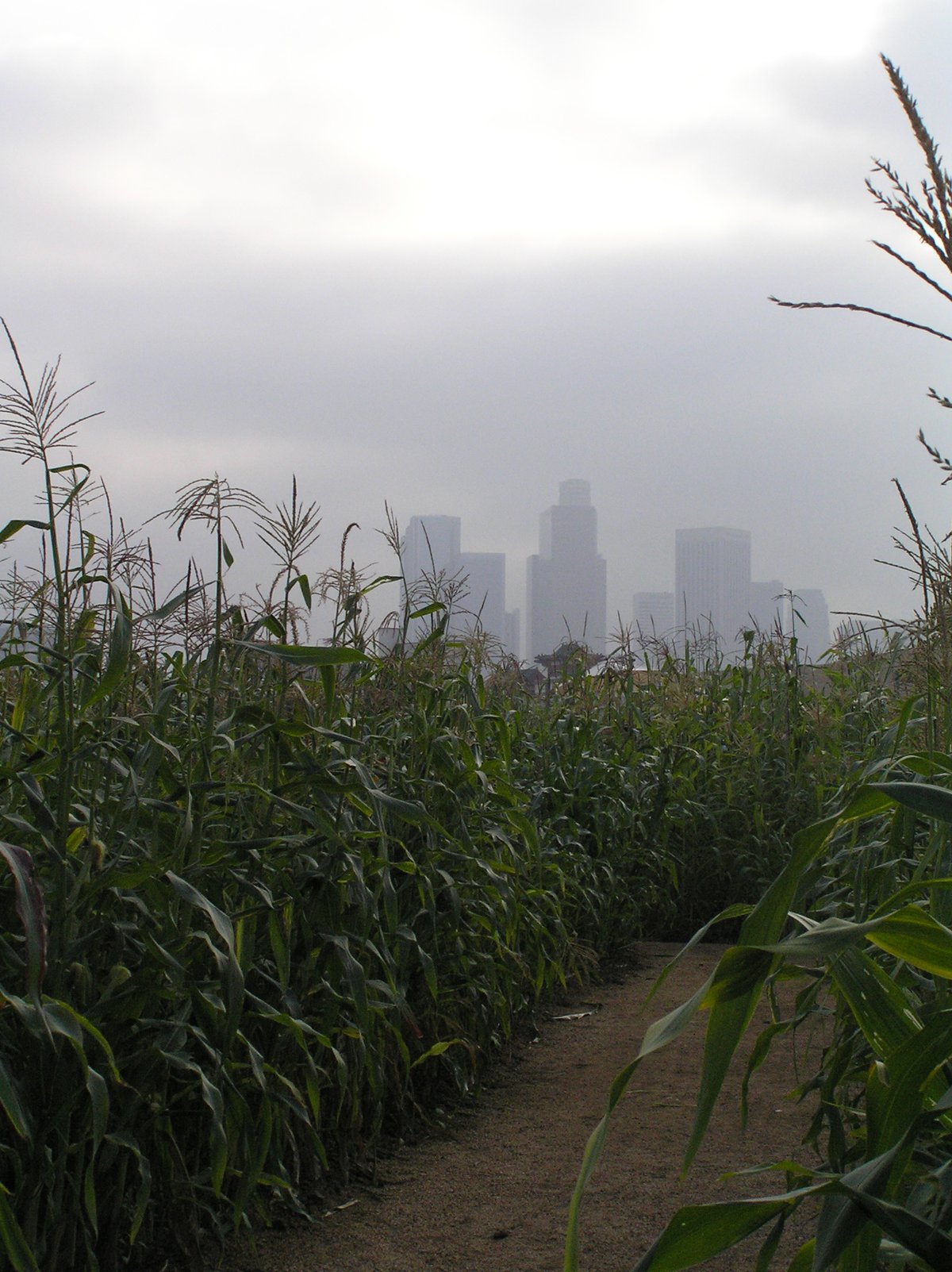
Comprehensive Guide to Visiting Los Angeles State Historic Park, Los Angeles, United States
Date: 18/07/2024
Introduction
Los Angeles State Historic Park, often referred to as ‘The Cornfield,’ is a 32-acre urban oasis located in the heart of Los Angeles. This park is more than just a green space; it is a testament to the city’s rich history, cultural diversity, and community spirit. From its origins as a Tongva village over 8,000 years ago to its transformation into a bustling rail yard in the 19th century, the land that now constitutes the park has witnessed significant historical events that have shaped Los Angeles (California State Parks).
The creation of Los Angeles State Historic Park is a remarkable example of community activism and environmental advocacy. In the late 1990s, local residents and activists campaigned tirelessly to transform the abandoned rail yard into a public park, envisioning a space that would offer recreational opportunities while preserving the area’s historical significance (Los Angeles Conservancy). Their efforts culminated in the park’s official opening in 2006, and it has since become a beloved destination for both locals and tourists alike.
Today, Los Angeles State Historic Park serves as a vibrant community hub, hosting a variety of events, cultural festivals, and educational programs. Its extensive network of walking trails, scenic landscapes, and historical markers offer visitors a unique opportunity to explore the city’s past while enjoying the natural beauty of the present. This comprehensive guide aims to provide all the information you need to plan a visit to Los Angeles State Historic Park, including its history, visitor tips, and nearby attractions.
Table of Contents
- [History of Los Angeles State Historic Park](#history-of-los-angeles-state-historic-parkhistory-of-los-angeles-state-historic-park)
- [Early Indigenous Inhabitants](#early-indigenous-inhabitantsearly-indigenous-inhabitants)
- [Spanish and Mexican Era](#spanish-and-mexican-eraspanish-and-mexican-era)
- [The Railroad Era](#the-railroad-erathe-railroad-era)
- [Decline and Abandonment](#decline-and-abandonmentdecline-and-abandonment)
- [The Fight for a Park](#the-fight-for-a-parkthe-fight-for-a-park)
- [Development and Opening](#development-and-openingdevelopment-and-opening)
- [Recent Developments](#recent-developmentsrecent-developments)
- [Visitor Information](#visitor-informationvisitor-information)
- [Visiting Hours](#visiting-hoursvisiting-hours)
- [Tickets](#ticketstickets)
- [Travel Tips](#travel-tipstravel-tips)
- [Nearby Attractions](#nearby-attractionsnearby-attractions)
- [Special Events and Guided Tours](#special-events-and-guided-toursspecial-events-and-guided-tours)
- [Photographic Spots](#photographic-spotsphotographic-spots)
- [FAQ](#faqfaq)
- [Conclusion](#conclusionconclusion)
- [References](#referencesreferences)
History of Los Angeles State Historic Park
Early Indigenous Inhabitants
The area that is now Los Angeles State Historic Park was initially inhabited by the Tongva people, the indigenous inhabitants of the Los Angeles Basin and the Southern Channel Islands. The Tongva, also known as the Gabrieleño, lived in the region for over 8,000 years before the arrival of European settlers. They established villages along the Los Angeles River, utilizing the fertile land for agriculture and the river for fishing and transportation.
Spanish and Mexican Era
The history of the park area took a significant turn in 1781 when Spanish settlers founded the city of Los Angeles. The land that now comprises the park was part of the vast land grants given to Spanish settlers. During this period, the area was used primarily for agriculture and grazing. The Spanish influence is still evident in the architecture and place names throughout Los Angeles.
In 1821, Mexico gained independence from Spain, and the land became part of Mexican California. The Mexican government continued the practice of land grants, and the area remained largely agricultural. However, the Mexican-American War (1846-1848) led to the cession of California to the United States, marking another significant shift in the region’s history.
The Railroad Era
The late 19th century brought industrialization and significant changes to the area. In 1876, the Southern Pacific Railroad established a major rail yard and maintenance facility on the site. This development transformed the area into a bustling hub of activity, contributing to the growth of Los Angeles as a major city. The rail yard, known as the River Station, played a crucial role in the transportation of goods and people, linking Los Angeles to the rest of the country.
Decline and Abandonment
By the mid-20th century, the importance of the rail yard began to decline due to the rise of automobile transportation and the construction of new rail facilities elsewhere. The area fell into disuse, and the once-thriving community around the rail yard began to disperse. The land remained largely abandoned for several decades, becoming an eyesore and a symbol of urban decay.
The Fight for a Park
The transformation of the abandoned rail yard into Los Angeles State Historic Park is a testament to the power of community activism and environmental advocacy. In the late 1990s, local residents and activists began to push for the creation of a public park on the site. They envisioned a green space that would provide recreational opportunities, preserve the area’s history, and serve as a vital community resource.
The campaign gained momentum, and in 2001, the California State Parks Department purchased the 32-acre site. The acquisition marked the beginning of a new chapter in the area’s history, as plans were developed to transform the neglected land into a vibrant urban park.
Development and Opening
The development of Los Angeles State Historic Park was a collaborative effort involving state and local agencies, community organizations, and residents. The planning process included extensive public input to ensure that the park would meet the needs and desires of the community.
The park officially opened to the public in 2006, offering a mix of open green spaces, walking trails, and interpretive displays highlighting the area’s rich history. The design of the park reflects its industrial past, with elements such as the preserved railroad tracks and historical markers providing a tangible connection to the site’s heritage.
Recent Developments
In recent years, Los Angeles State Historic Park has continued to evolve, with ongoing improvements and additions enhancing its appeal and functionality. In 2017, a major renovation project was completed, adding new amenities such as a welcome center, picnic areas, and improved landscaping. The park now serves as a popular destination for both locals and tourists, offering a peaceful retreat in the midst of the bustling city.
The park also hosts a variety of events and programs, including cultural festivals, educational workshops, and community gatherings. These activities not only provide entertainment and enrichment but also help to foster a sense of community and connection among visitors.
Visitor Information
Visiting Hours
Los Angeles State Historic Park is open daily from 8:00 AM to sunset. However, hours may vary on holidays and during special events. It’s always a good idea to check the official website for the most up-to-date information.
Tickets
Admission to Los Angeles State Historic Park is free. Some special events and programs may require tickets or have a fee, so be sure to check event details in advance.
Travel Tips
- Parking: Limited parking is available onsite. Consider using public transportation or rideshare services, especially during peak times and events.
- Accessibility: The park is accessible to visitors with disabilities. Accessible restrooms and pathways are available throughout the park.
- Safety: Stay hydrated and wear sunscreen, especially during the warmer months. The park is a natural environment, so be aware of wildlife and stay on designated paths.
Nearby Attractions
- Chinatown: Just a short walk from the park, Chinatown offers a variety of dining, shopping, and cultural experiences.
- Olvera Street: Known as the birthplace of Los Angeles, Olvera Street offers historic buildings, traditional Mexican eateries, and vibrant marketplaces.
- Downtown LA: Explore the bustling downtown area with its museums, theaters, and iconic landmarks such as the Walt Disney Concert Hall and The Broad Museum.
Special Events and Guided Tours
Los Angeles State Historic Park hosts numerous special events throughout the year, including cultural festivals, music concerts, and community fairs. The park also offers guided tours that delve into its rich history and significance. Check the official website for a schedule of upcoming events and tour details.
Photographic Spots
The park offers several picturesque spots perfect for photography, including:
- The Railroad Tracks: Preserved tracks that offer a glimpse into the park’s industrial past.
- The Los Angeles Skyline: Views of the downtown skyline provide a stunning backdrop for photos.
- Green Spaces: Open fields and landscaped areas are ideal for capturing nature within the urban environment.
FAQ
Q: What are the visiting hours for Los Angeles State Historic Park?
A: The park is open daily from 8:00 AM to sunset. Hours may vary on holidays and during special events.
Q: How much are tickets for Los Angeles State Historic Park?
A: Admission to the park is free. Some special events and programs may require tickets or have a fee.
Q: Is parking available at the park?
A: Limited parking is available onsite. Public transportation or rideshare services are recommended during peak times and events.
Conclusion
Los Angeles State Historic Park is a vital green space that reflects the city’s diverse history and offers a multitude of recreational opportunities. Whether you’re interested in exploring historical sites, attending cultural events, or simply enjoying a peaceful day outdoors, the park has something for everyone. Stay updated by visiting the California State Parks official website and following their social media channels for the latest news and events.
